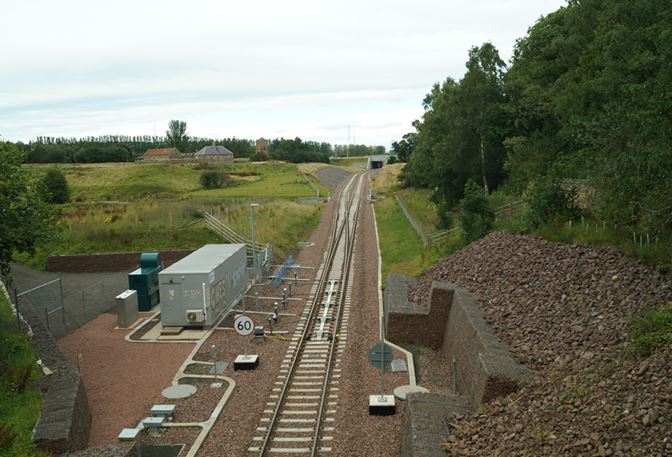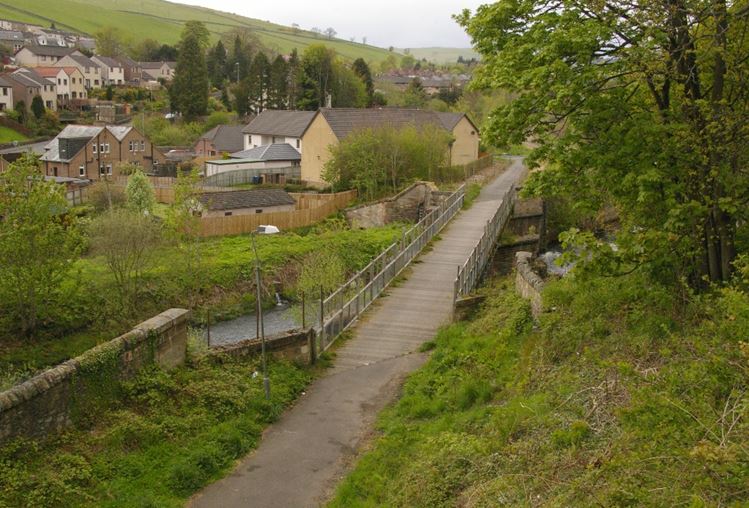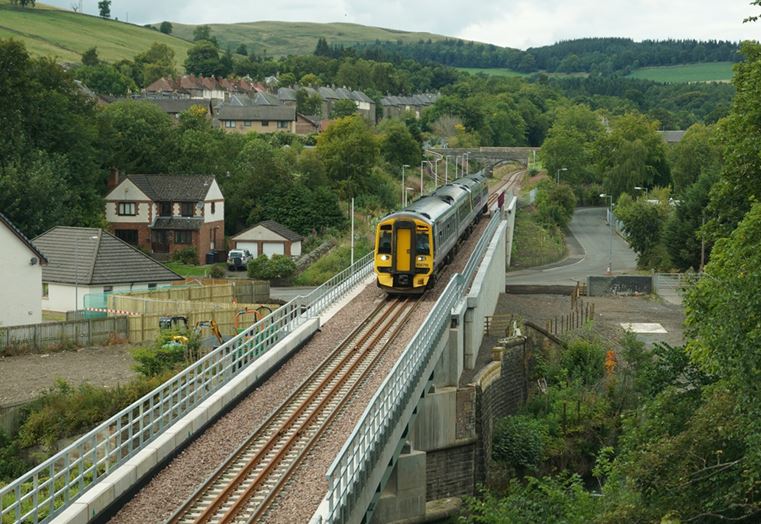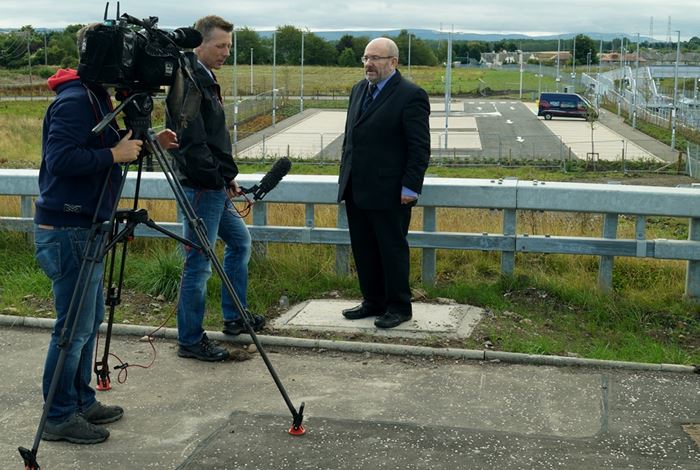On the day the Queen celebrated being our longest serving monarch she enjoyed a train ride. No ordinary train ride, but one that is a potent symbol of the rail renaissance that is happening now across Britain. The Borders railway re-opening to Tweedbank which happened on Sunday 6 September is, at more than 30 miles, the longest domestic railway to re-open in the UK for 100 years. It has cost £294 million and that cost includes 42 new bridges, 2km of entirely new formation and 10 km of new road (meaning there are no level crossings on the route).
The Borders line is back as a result of dogged persistence by the Campaign for Borders Rail and well-argued and well- presented professional reports that persuaded decision makers that if the line was re-opened it would be a major boost to the local economy.
Borders rail reconnects the Borders region of Scotland to the national network and is seen in that area as righting a great wrong of the ‘Beeching era’ of railway closures. The Borders railway was once the ‘Waverley route’ – a double-track mainline from Edinburgh Waverley to Carlisle, a freight and passenger line and a useful diversionary route for the West Coast main line. In the Beeching report it was listed for closure with a stated annual loss of £113,000 (though the figures quoted in the report often seem to fit the sentiment that ‘there are lies, damn lies, and statistics’).

After much protest both from locals and politicians (including David Steel, then just starting out in politics), the line closed in 1969. Like so many of the Beeching era closures it went from mainline to grassy track very quickly.
A ‘symbolic scalp’ according to David Spaven, author of a book on the route, it’s loss probably ensured BR got the investment it needed for the electrification of the West Coast main line to Glasgow and Edinburgh. Back in the late 1960’s/early 1970’s the motorway network was expanding and British Rail struggled to persuade government to invest in rail. Whatever the economic arguments then the closure was nonetheless the kind of ‘all or nothing’ solution that bedevilled planning in the UK at that time, and it was a tragedy for the route that no real cost savings were attempted on it prior to closure, nor was the route protected after the lines were lifted.
The latter meant that once the case had been won to re-open the line and an ‘enabling bill’ passed to go ahead with the rebuild in 2006 ( itself a function of devolution), the route needed more than just a quick levelling off before the ballast could be laid and the track put down. The Edinburgh ring road had since been built with no provision for the line to re-open so an entirely new 2km of railway had to be built, and a new bridge under the road.


Hardengreen had seen road improvements such that the route now needed a new 71.5m long bridge. At Gorebridge, Stow and Galashiels houses had been built on the trackbed, and the extensive station area at Galashiels had become a retail park. Beyond Tweedbank through Melrose and Newton St Boswells the trackbed had been used for road improvements, making onward progress to Hawick difficult, though not impossible, as the 30 miles of railway built so far prove.


In Scotland the re-opened Borders railway joins Larkhall, Airdrie-Bathgate and Stirling-Alloa, all lines which have re-opened. Re-openings in Wales include Ebbw-Vale and the Vale of Glamorgan, whilst in England the process of ‘rolling back Beeching’ started with the ‘Robin Hood’ line back in 1993.

At the present time work is going on a new railway from Oxford to London that will use a route which for some time had been left to grow saplings instead of transporting people. Rail re-openings being talked of now include Skipton to Colne, Portishead, Tavistock, Brighton Main Line 2, the Blythe and Tyne, Wisbech, and Portadown to Armagh.
Campaigns for these and other route re-openings will no doubt take heart from the Borders line, which shows that almost any obstacle can be overcome with the will.